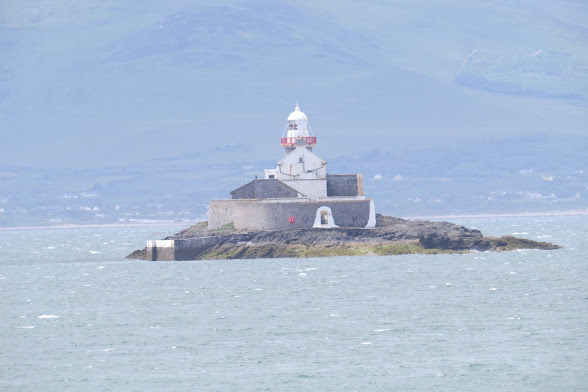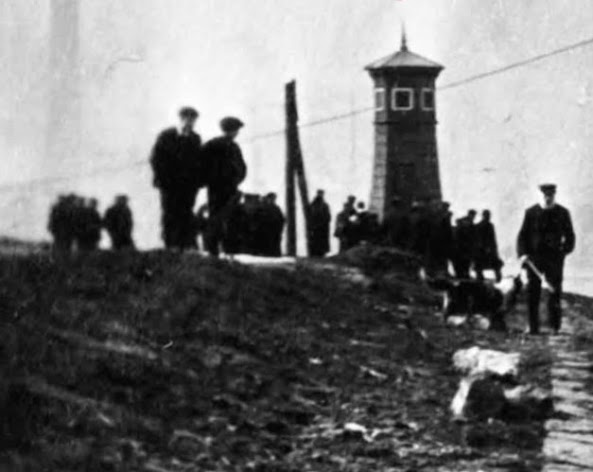The story of Denis McCallig - a fish out of water?

The LV Seagull when she was on the Coningbeg Station in 1908 On the 10th April 1930, Denis McCallig of Dunkineely joined Irish Lights to work upon the lightships. He was a week shy of his 27th birthday and was one of the sons of William McCallig, a farmer cum fisherman and Mary Anne McBrearty of Ballysaggart, halfway down the sliver of a peninsula that runs down to St. John's Point. Like lighthouse keepers, lightshipmen had their own service numbers. Denis was 108. Life on any of the ten light vessels on the south and east coasts of Ireland was tough. The vessels had no engine and had to be towed into position by one of the Irish Lights tenders when required. They were kept in position by an incredibly long chain and anchor and thus, when things went wrong, as with the Daunt lightship outside Cork harbour in 1896, they were completely at the mercy of the elements with no way of manouvering the boat to ride the waves. As such, the crew were on the receiving end of a buffeting more t...


